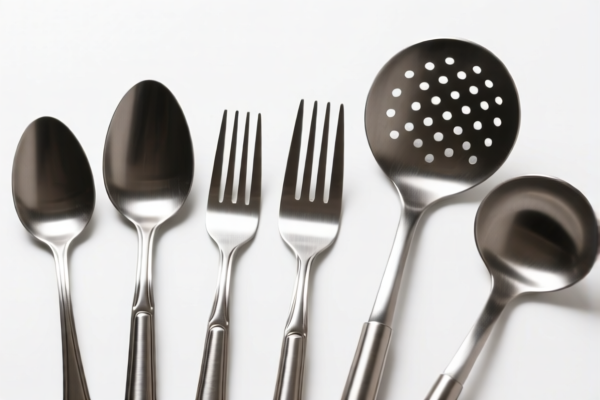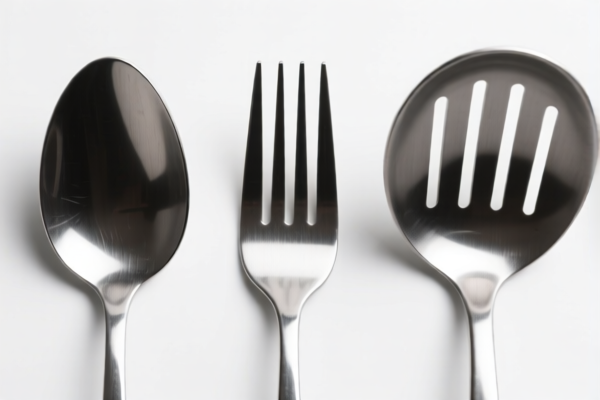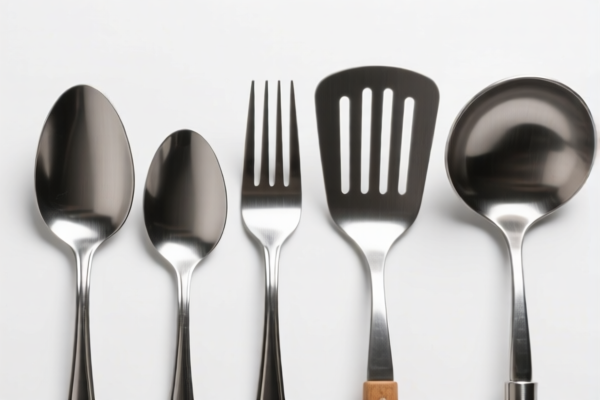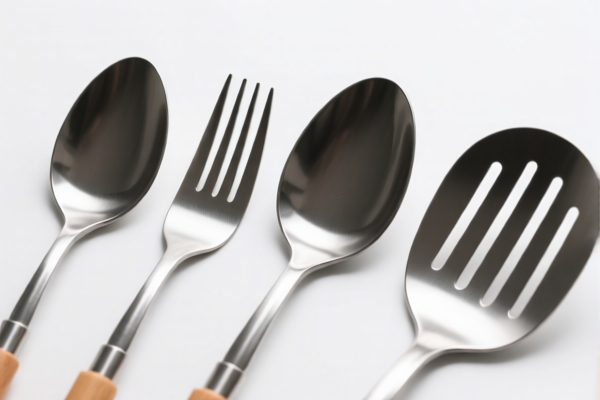| HS Code | Official Doc | Tariff Rate | Origin | Destination | Effective Date |
|---|---|---|---|---|---|
| 9503000071 | Doc | 30.0% | CN | US | 2025-05-12 |
| 9503000073 | Doc | 30.0% | CN | US | 2025-05-12 |
| 8210000000 | Doc | 58.7% | CN | US | 2025-05-12 |
| 8214909000 | Doc | 1.4¢ each + 3.2%+30.0% | CN | US | 2025-05-12 |
| 9605000000 | Doc | 38.1% | CN | US | 2025-05-12 |
| 8306100000 | Doc | 35.8% | CN | US | 2025-05-12 |
| 8306290000 | Doc | 30.0% | CN | US | 2025-05-12 |
| 8305906000 | Doc | 43.2% | CN | US | 2025-05-12 |
| 7415100000 | Doc | 57.5% | CN | US | 2025-05-12 |
| 7415390000 | Doc | 58.0% | CN | US | 2025-05-12 |




Kitchen Toys
Kitchen toys are miniature representations of kitchen items and appliances designed for children's imaginative play. They typically mimic real-world kitchen tools and environments, fostering role-playing, social interaction, and cognitive development.
Material
- Plastic: The most common material due to its affordability, durability, and ease of molding into various shapes and colors. Different types of plastic are used, including polypropylene (PP), polyethylene (PE), and acrylonitrile butadiene styrene (ABS).
- Wood: Often used for more durable and classic-looking sets, typically employing hardwoods like beech or maple. Wood toys are valued for their natural aesthetic and tactile qualities.
- Metal: Less common due to safety concerns, but sometimes found in pots, pans, and utensils in higher-end sets. Stainless steel is the preferred metal.
- Fabric: Used for aprons, dishcloths, and other soft goods included in play sets.
- Composite Materials: Some sets incorporate combinations of materials for enhanced realism or functionality.
Purpose
- Imaginative Play: Encourages children to simulate cooking, baking, and meal preparation scenarios.
- Role-Playing: Promotes social skills and emotional development through mimicking adult roles and interactions.
- Cognitive Development: Enhances problem-solving skills, hand-eye coordination, and understanding of cause-and-effect.
- Language Development: Provides opportunities for children to learn and practice vocabulary related to food, cooking, and kitchen items.
- Fine Motor Skills: Manipulating small kitchen tools helps develop dexterity and coordination.
Function
Kitchen toys function primarily as props for imaginative play. While not typically functional in the same way as real kitchen items, some sets may include features such as:
- Sound Effects: Simulated boiling, sizzling, or chopping sounds.
- Lights: Illuminated stovetops or ovens.
- Interactive Elements: Knobs that turn, doors that open, or food items that can be "cut."
- Play Food: Representations of fruits, vegetables, meats, and baked goods.
Usage Scenarios
- Home Play: Most commonly used in bedrooms, playrooms, or other indoor spaces.
- Pretend Play Areas: Often incorporated into designated play kitchens or cooking areas.
- Social Play: Encourages interaction and collaboration with siblings, friends, or caregivers.
- Educational Settings: Used in preschools or early childhood development programs to promote learning through play.
Common Types
- Play Kitchens: Complete sets including a stove, sink, oven, cabinets, and countertops. Available in various sizes and styles.
- Food Sets: Collections of miniature fruits, vegetables, meats, and baked goods made from plastic, wood, or felt.
- Cooking Utensil Sets: Include pots, pans, spoons, spatulas, whisks, and other cooking tools.
- Appliance Sets: Representations of blenders, toasters, coffee makers, and other kitchen appliances.
- Tea Sets: Collections of miniature teapots, cups, saucers, and plates for pretend tea parties.
- Cash Registers: Often included in kitchen sets to simulate grocery store or restaurant scenarios.
- Bakery Sets: Focus on baking-related items like cakes, cookies, and pastries.
Kitchen toys fall under various classifications depending on their specific features and materials. Here's a breakdown of relevant HS codes based on the provided information:
- 8210000000: This HS code covers hand-operated mechanical appliances, weighing 10 kg or less, used in the preparation, conditioning or serving of food or drink, and base metal parts thereof. If the kitchen toys are mechanical appliances (e.g., a hand-cranked mixer) and weigh 10 kg or less, this code applies. The tax rate details are: Basic tariff: 3.7%, Additional tariff: 25.0%, Post-April 2, 2025, additional tariff: 30.0%, Total tariff: 58.7%.
- 9503000071: This HS code applies to tricycles, scooters, pedal cars and similar wheeled toys; dollsʼ carriages; dolls, other toys; reduced-scale (“scaleˮ) models and similar recreational models, working or not; puzzles of all kinds; parts and accessories thereof, specifically those labeled or determined by the importer as intended for use by persons under 3 years of age. If the kitchen toys are designed for children under 3, this code is relevant. The tax rate details are: Basic tariff: 0.0%, Additional tariff: 0.0%, Post-April 2, 2025, additional tariff: 30.0%, Total tariff: 30.0%.
- 9503000073: This HS code covers the same categories as 9503000071, but for toys labeled or determined by the importer as intended for use by persons aged 3 to 12 years. If the kitchen toys are designed for children between 3 and 12, this code applies. The tax rate details are: Basic tariff: 0.0%, Additional tariff: 0.0%, Post-April 2, 2025, additional tariff: 30.0%, Total tariff: 30.0%.
Important Note: When declaring kitchen toys under HS codes 9503000071 or 9503000073, it is crucial to accurately determine the intended age group of the users, as this directly impacts the applicable tariff rate.
Customer Reviews
No reviews yet.